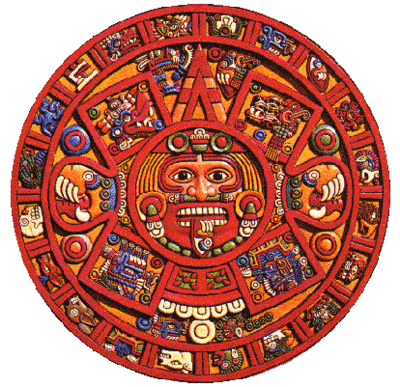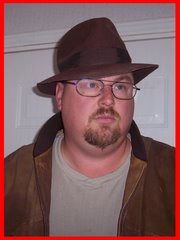 Many on the fringes of scientific study have proposed that those they call “the gods,” have from time to time, intervened in human evolution. Many speculate that Human Evolution is subtly interfered with on every 500 years.
Many on the fringes of scientific study have proposed that those they call “the gods,” have from time to time, intervened in human evolution. Many speculate that Human Evolution is subtly interfered with on every 500 years. The above statement simply screams for more clarification, more inspection and much more securitization. So let us do just that, let us look deeper into this theory.
It should not be shocking to anyone to learn that the Mayan and Aztec peoples had a well developed and surprisingly accurate knowledge of cosmology, which can clearly be seen on what is called the Mayan Long Count Calendar. This very accurate time keeper was based on a measure of time call the baktun, which was a 394 year cycle that was believed to be ruled by one of their major gods.We live today in what is known as the fifth age of man or the fifth sun, as the Mayans called it, which began in 3114 BC and it is said that it will end on the winter solstice of 2012 AD.
The Mayans agreed with our calculations that there are thirteen baktuns in our current age. The Mayans also believed that the explorer Cortez was their god Quetzalcoatl, who was said to be a wise bearded white man from the east. Believing that their God had returned the Mayans presented Cortez with their most sacred symbol, a large, solid gold Mayan Calendar. Cortez and his conquistadors promptly melted down this most sacred and most priceless gift. Fortunately for modern science, a large solid stone Long Count Calendar survived in
The fifth age of man comprises 13 bactuns (0 thru 12) and ends in 2012 AD. Many Americans for over 1500 years have believed that there are only five ages of man. Which is to say that the world as we know it ends on the winter solstice of 2012 AD.
This brings us to Zachariah Sitchin, who has been labeled “a bold student of ancient religions and an astute reader of the many ancient signs of the heaven and earth gods.” A prolific author who has published many bests elling books on the ancient Sumarians, Sitchin claims that he has learned that Quetzalcoatl of the Aztecs and Mayans is the same god as Ningishzidda Of the Sumarians, Thoth/Djehuti of the ancient Egyptians, Hermes from Ancient Greece, and Mercury from ancient
elling books on the ancient Sumarians, Sitchin claims that he has learned that Quetzalcoatl of the Aztecs and Mayans is the same god as Ningishzidda Of the Sumarians, Thoth/Djehuti of the ancient Egyptians, Hermes from Ancient Greece, and Mercury from ancient
The reader should note that the Mayan culture survived for over 1500 years, it dated back to the time of the Greek’s and Roman’s, and it had a mathematical system and calendar much superior to that of the Egyptians, the Greek’s or the Roman’s. Most Mayan history has been systematically destroyed by the more powerful conquistadors and their priests, thus more mystery than facts remain.
The Mayans believed that the gods of the day baktuns were much more benevolent than the gods of the night bactuns. Alternate baktuns were ruled by benevolent day gods then malevolent night gods. They were not all good or evil, and the commonly used Mayan terms of dark and light are more meaningful. They were neither omnipotent nor omnipresent, and sacrifices of the king’s blood may have evolved to mass human sacrifices under a dark god.
Scientists Jose Arguelles and Carl Calleman both agreed that human civilization follows light and dark baktun cycles. They found that the discrimination between light and dark cycles was clearer in areas like religion, language, writing, calendars, and communication.
It is interesting to note that the 13 cycle fifth sun starts and ends with a light cycle. Extrapolating backwards, we can predict that the previous 394 years before 3114 BC were benevolent. Archaeological data confirm that civilization was growing rapidly in the fertile crescent. Gods were benevolent, especially the mother goddess. Women took care of the house, children and gardens; all of which were increasing in size. The domestication of plants and animals was spreading from the mountains to the fertile river valleys, and hunter-gatherers were evolving into farmers. Before 3114 BC, there is much evidence of pottery, plows and farming but little evidence of warfare. The first writing script dates to this period.
Civilization in Egypt and throughout the region grew so fast around 3114 BC that scholars disagree with exact dates for the first metal plow, the first pottery wheel, the first brick kiln and the first bronze, but many signs point to about 3114 BC. Zach Sitchin believes that the gods were active in
The Sumerians needed help. Note that native Americans didn’t learn how to make bronze until after 1500 AD. The Americans had vast amounts of tin ore and copper ore, but there was none in
 Pre-Columbian bronze clamps have been found in the
Pre-Columbian bronze clamps have been found in the


No comments:
Post a Comment